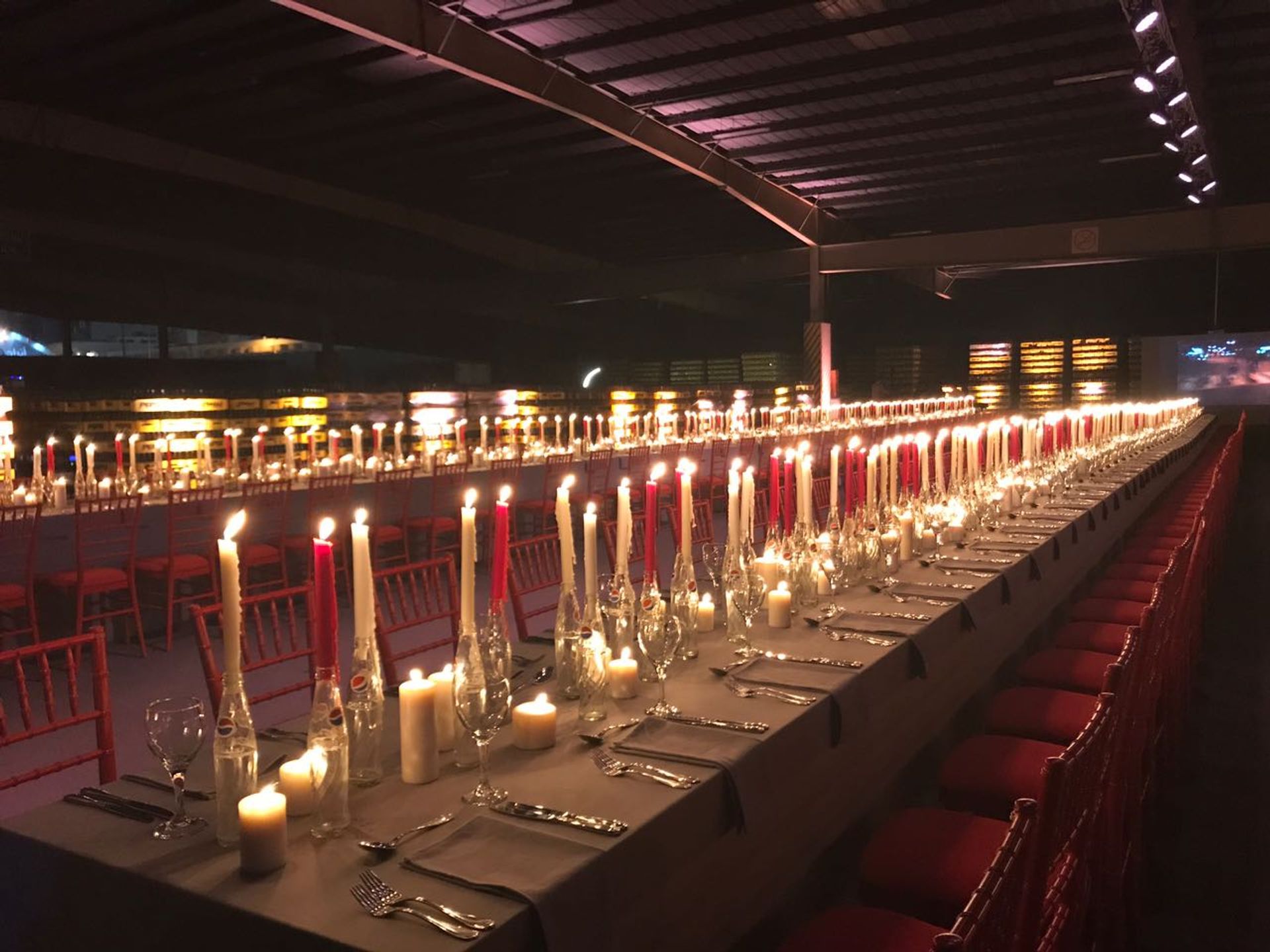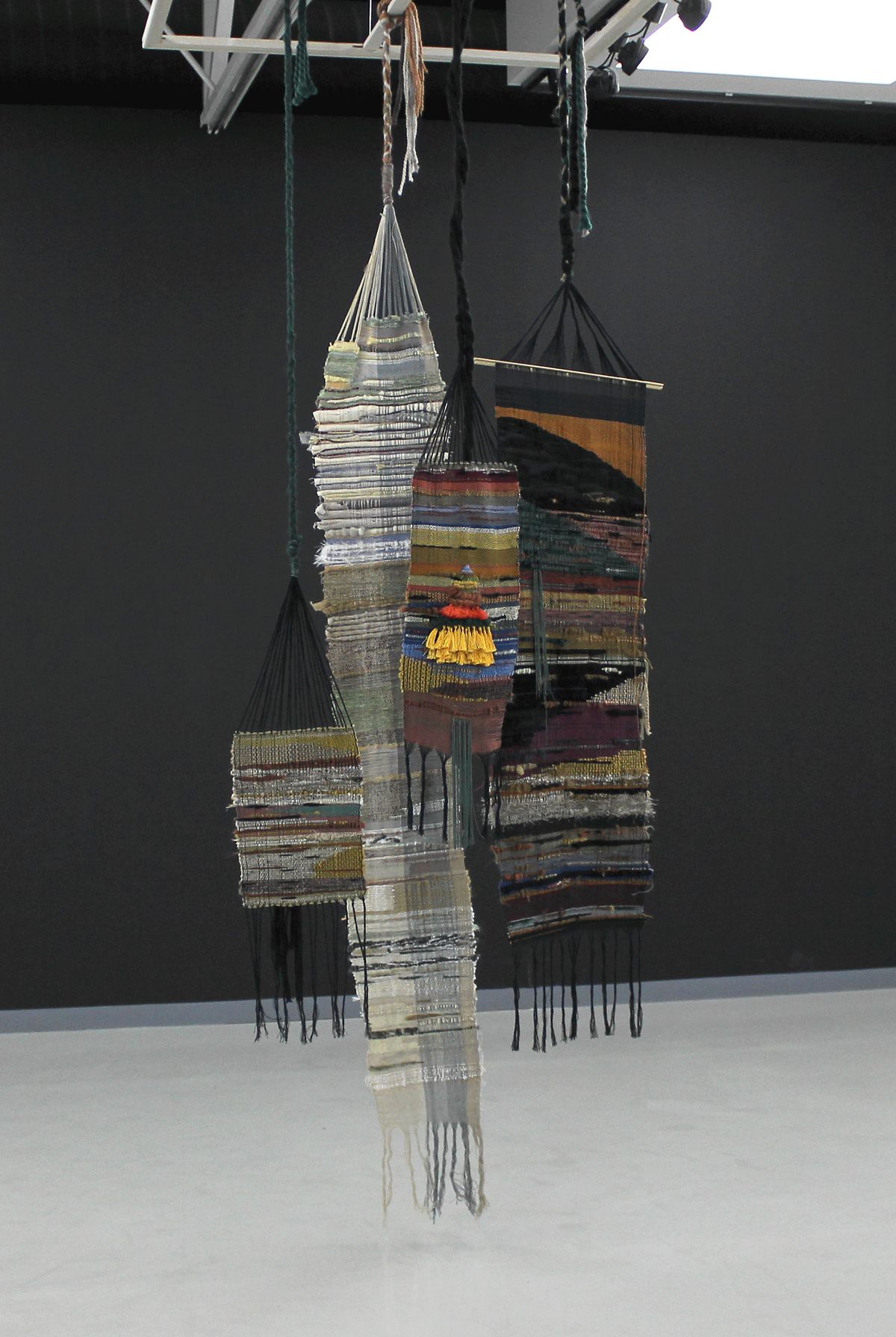The fifth edition of 21,39, the non-profit art initiative in Jeddah, Saudi Arabia, opened this week to little fanfare (7 February-5 May). The annual event, now a fixture of the burgeoning Middle Eastern art scene, includes exhibitions in three venues, educational workshops, visits to artists’ studios and commercial gallery openings. This year’s programme, organised by Vassilis Oikonomopoulos—the assistant curator for international art at Tate Modern—is entitled Refusing to Be Still. Princess Jawaher bint Majed bin Abdulaziz, who founded the Saudi Art Council in 2013, is the driving force behind 21,39 (the geographic coordinates for Jeddah). We asked critics and curators for their highlights of the festival, and other essential events in the city.
- Till Fellrath and Sam Bardaouil, curators and co-founders of Art Reoriented and chairmen of the Montblanc Cultural Foundation (the pair curated 21,39 last year)
Rubat Al-Khunji is a beautiful old building in Jeddah’s old city Al Balad, which was converted into an exhibition venue. It houses a sensitive installation by Bricklab (Indeterminate Plateaus, 2018) relating to the building’s history and architecture, as well as a video installation by Ali Kazma (Safe, 2016).
A new exhibition project space overseen by Qaswara Hafez, Makan gallery features a broad range of younger artists from Saudi Arabia. Amongst many beautiful works is a series of six works with ink on paper by Ali Abu Abdullah called Lines 1-6.
The clocks are striking thirteen is a wonderfully poetic group exhibition at Athr Gallery, with powerful site-specific installations by over a dozen artists over two floors; amongst them Dana Awartani’s Listen to my words (2018), an immersive multi-media work combining poetry and geometric layered panels.
Ali Kazma's Safe, (2016) The artist
- Roxana Azimi, art critic, Le Monde
My favourite work in 21,39 is by a very young Saudi artist, Nojoud Al-Sudairi who makes embroidered pieces incorporating her grandfather's poems [Mohammed bin Ahmed Al-Sudairy, a prominent literary figure].

A 21,39 dinner held at the PepsiCo factory Sam Bardaouil
- Vassilis Oikonomopoulos, the assistant curator for international art at Tate Modern and this year's organiser of 21,39
The final site of this year’s exhibition, a decommissioned PepsiCo Factory, can be seen as one of Jeddah’s more recent urban monuments. Lying on the side of some of the busiest roads in the city, the former industrial unit is a sleeping giant, an enormous space currently filled with empty soft drink bottles. The spectacular size and volume make it a perfect location for the presentation of films and video works. The inclusion of two works by international artists [Apichatpong Weerasethakul and Abbas Akhavan] based in Berlin, London, Chiang Mai and Toronto, whose works deal with concerns around life as we know it in cities and diverse localities, is the perfect scenario for advancing ideas about the city’s urban condition and its impact on contemporary artistic production and culture.


